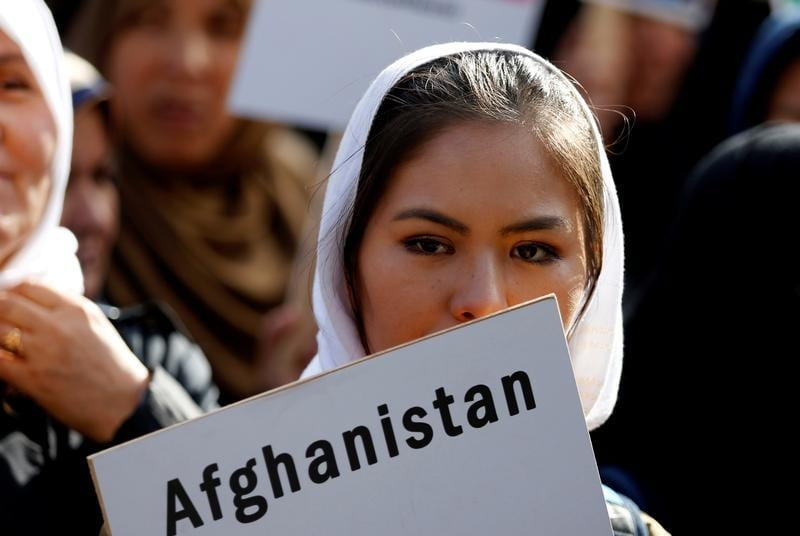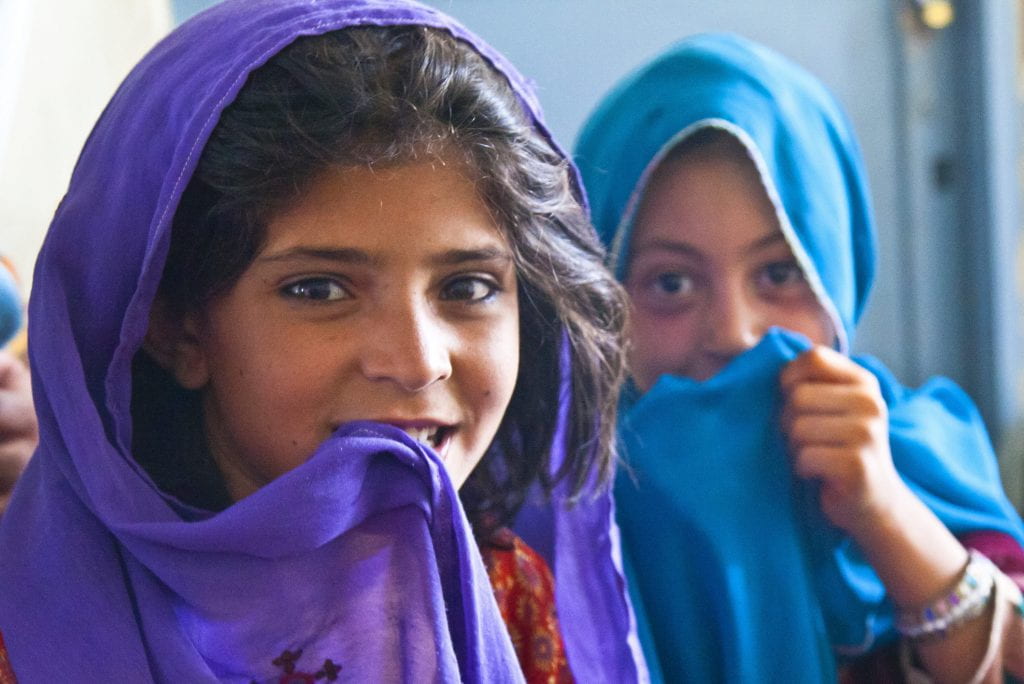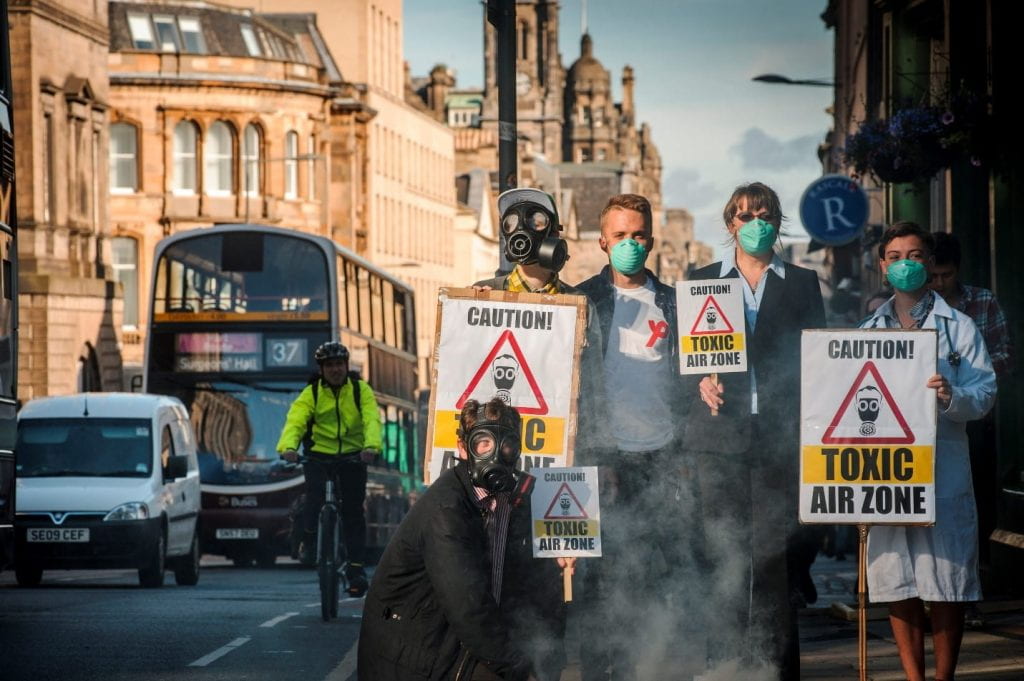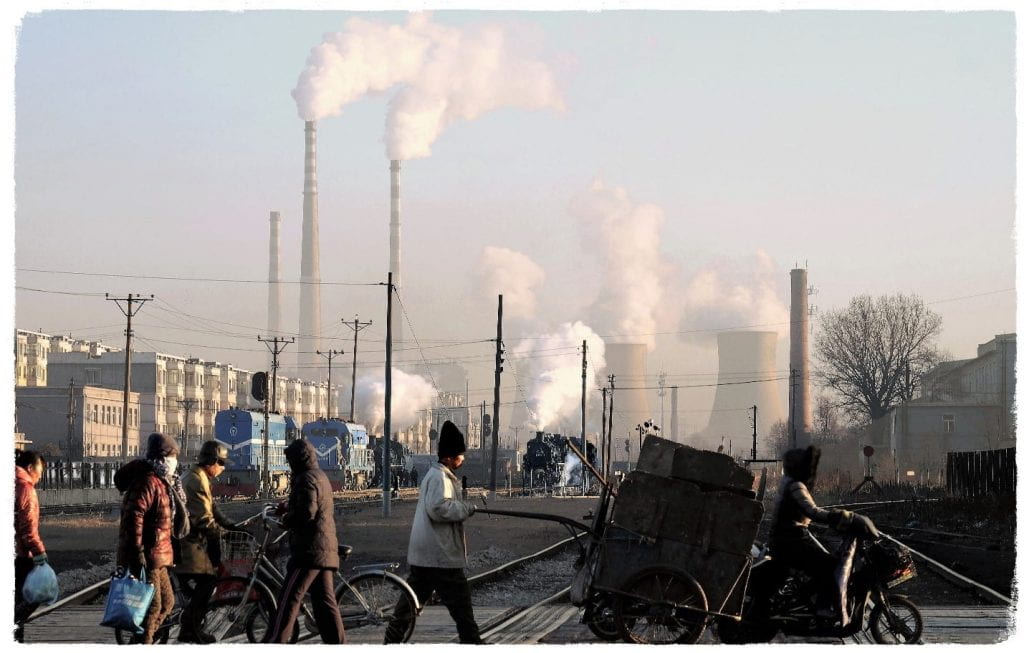
Afghanistan has had a long history of being a patriarchal society. Cultural customs that have suppressed the rights of women have been popularized and justified on the basis of morality. With these customs largely targeting women behavior, Afghani women are faced daily with gender inequality. One of the most brutal threats is the risk of a barbaric practice called virginity testing. Many women at some point are forced to go through the painful examination. The procedure involves a medical professional forcing two fingers inside of the women’s vagina, often forced and against her wishes, in order to determine if the women’s hymen is still intact. One might ask why anyone would force women to endure an assault on their most private areas. The terrible answer is that virginity testing is done to ensure that the woman has not had sexual relations with any man.
In Afghanistan and other countries such as India that widely practice virginity testing, a woman’s virginity is highly coveted. It is a symbol of modesty and purity. The societal expectation is that it is never okay for women to have any sexual experiences outside of marriage. Women’s actions are extremely regulated and controlled by the men of the family. Having a virginity test is often required for many basic rights such as the option to go to school, obtain a job, or get married. Faced with limited choices, many women see no other way than to submit to the test out of fear of the repercussions.
The punishments for defying these unfair gender inequalities is severe. In fact, an Afghan woman found to have had sex before marriage is subject to prosecution and imprisonment under what is known as a ‘moral crime.’ The societal penalties extend much further than jail time. Girls are thought to have had premarital sex are publicly humiliated after word spreads of their failed virginity test. They are often ostracized by their families for bringing shame upon them. Some families will go so far as to commit honor killings which is the murder of a woman by her male family members for bringing shame upon the family. For a society to criminalize female sexuality and even threaten death is an egregious violation of female human rights.
The United Nations, World Health Organization, United Nations Women, and the United Nations Human Rights Council have all called for a global ban on the practice. However, this will not do these women much good. These organizations have no ability to enforce their will and can only hope to draw attention to the issue. There are many reasons to campaign for an end to virginity testing; for the purpose of this blog, I will highlight three. The first and most obvious reason is the disregard for a women’s right to say no. A woman should be allowed to deny any medical procedure that she does not wish to have for any reason. Any vaginal procedure done without consent is sexual and physical assault.
The second reason to outlaw this practice is that it continues unfair gender inequality and enforces unhealthy stereotypes. Why are only women required to undergo testing for sexual ‘purity’? Why is it that it is considered immoral for women to be sexually active and not men? This problem extends far beyond Afghanistan and is a worldwide issue. There is a clear gender bias against women having sex. On the other hand, men are often complimented for their sexual prowess. If gender equality is to be realized, then there needs to be a cultural cleansing of the many double standards placed on women.
Lastly, the most damning reason why vaginal testing shouldn’t be used is that it doesn’t work. The World Health Organization has found that there is no scientific basis for the claim that a torn hymen is evidence that a woman has had sexual intercourse. In fact, they have found that there are many nonsexual ways that the hymen can be damaged. For instance, the use of a tampon or being physically active in sports like gymnastics can cause the hymen to break. The sole reason for subjecting women to this painful test is to confirm that they are virgins. If a virginity test can’t prove whatsoever that they are or aren’t virgins then there is no logical explanation to continue this practice.

Currently, there are several thousand women, many as young as 13, imprisoned for failing one of these inconclusive virginity tests. On top of being imprisoned with faulty evidence for an unjust crime, these girls are subjected to terrible prison conditions. Farhad Javid is in charge of Afghanistan’s division of Marie Stopes International, an organization focused on protecting women’s sexual rights. Javid recently visited the Mazar-i-Sharif prison where many women convicted of ‘moral’ crimes are held. He found that these women face severe overcrowding, lack of access to proper healthcare, and constant, daily sexual assault. Women falsely convicted of having sex have reported being frequently forced to have sex with prison guards and staff. Due to the lack of reliable evidence of these women’s alleged crimes and the inhumane treatment these girls are facing in prison, Javid is campaigning for the immediate release of all women being imprisoned for ‘moral’ crimes.
Unfortunately, even after being released from prison these women will have lasting problems. For the rest of their lives, they will have to deal with the trauma and memories of the forced virginity test as well as the sexual abuse they underwent in prison. On top of this, they will likely have a hard time finding stability. Despite being falsely convicted with invalid evidence, their reputations have been permanently and irreparably stained. For most of these girls, their families have already disowned them. They have no intention of taking back a daughter who they believe to have committed ‘moral’ atrocities that have brought shame upon their family. Also, these girls have been imprisoned at young ages and have not completed an education or have been married. With no family, husband, or education to support themselves with and nowhere to go these women’s future outlooks are grim. There aren’t many resources available to women in Afghanistan without a family or support system. The majority will end up at overcrowded and underfunded women’s shelters. Without proper protection, they are in constant threat of violence or rape. Their lives will be constantly haunted by this ordeal like being branded by a scarlet letter.
It is astounding how easy it is for these women’s entire lives to be turned upside down. Simply walking down the street with a boy or getting a ride home from a boy is enough to get reported to the police by family members or neighbors. The authorities waste no time ordering a virginity test. Despite the girl having done nothing wrong, there is a real and terrifying chance that she will fail the unreliable test and be imprisoned. It is obvious that much change is needed to prevent this same tragedy from happening to more innocent young girls.
The solution to this problem lies at the local level. If the people are well-informed about the test’s ineffectiveness, then they will stop requesting the examination take place. A massive public relations campaign could be used to accomplish this task. Local governments need to partner with the many nonprofit organizations committed to helping improve the rights of women. By doing so these local governments will have the necessary funding and manpower to launch a public relations campaign with individuals well qualified to teach the public about the ineffectiveness of virginity testing. Another solution is proposed by Javid and the Marie Stopes Afghanistan. Recently Marie Stopes helped the Afghanistan government to create a new policy that discourages doctors from pursuing these tests. The policy states that virginity tests have no scientific credibility and should not be administered by health care professionals for the purpose of determining if a girl is a virgin. Marie Stopes is sending out doctors to both train hospital staff and ensure the new policy is carried out and taken seriously at each hospital in Afghanistan. This initiative aims to tackle the problem by reducing the credibility of virginity testing. If no licensed doctors are willing to perform the procedure due to official public policy, then the hope is that law enforcement will stop requesting and in some cases pressuring doctors to conduct virginity testing on suspected girls. Law enforcement will be forced to subject girls to exams by unlicensed non-professionals if they wish to continue the use of virginity testing. This will lower the integrity of their claims of proving the state of a girl’s virginity and will surely aid in gaining local support to end the barbaric practice.
If the work to accomplish this solution is continued, then real progress will be made. If the government and culture of Afghanistan can be open to a small amount of change then thousands of other girls can be saved from such terrible experiences. While there are many other unfair gender practices common in this region, this campaign will be a large step towards the path to gender equality. With continued public relations campaigns and pressure for governmental action, an Afghan society that treats women fairly and empowers them to be in control of their lives will be enacted.




